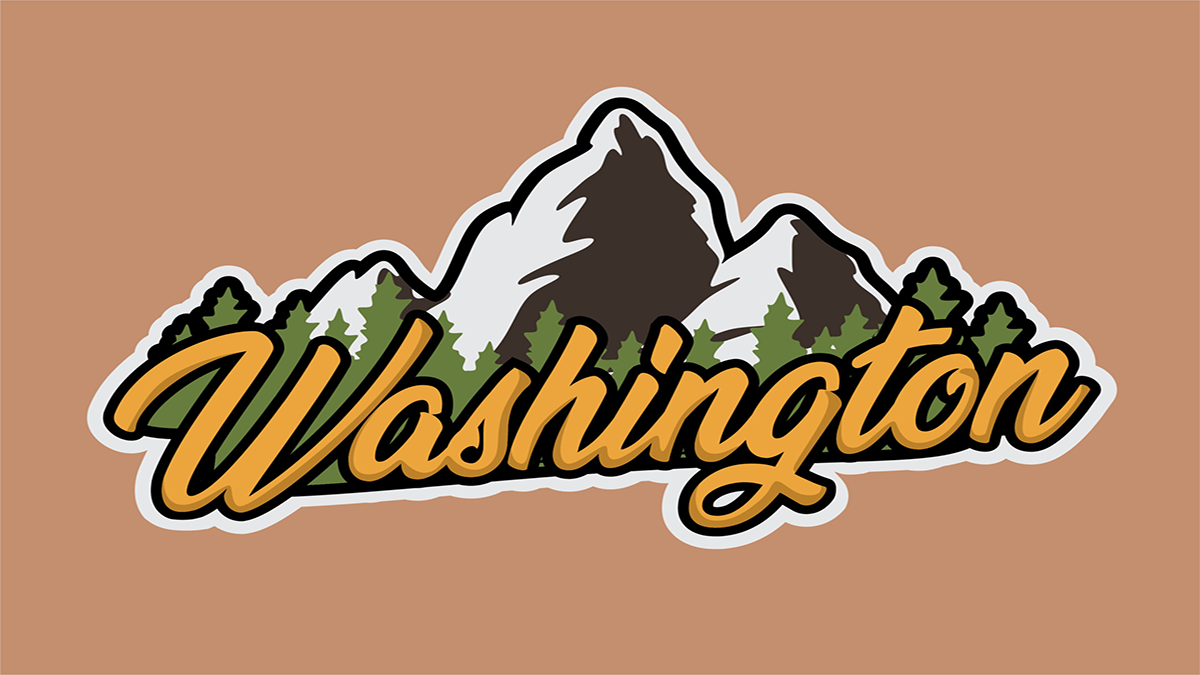
A brief analysis of one of the most common names for cities in the country
You probably already can guess why so many places are named Washington. Many cities in the early days of the United States had similar naming conventions: name it after a famous person (same reason why so many places are named Franklin), name it after what you see (Fairview, anyone?), or name it after a place in England (too many to count). Today’s subject falls into the first category, naturally.
Six cities named Washington have been chosen based on their population: Indiana, Illinois, Missouri, North Carolina, and Pennsylvania (In this particular post, emphasis will be given to Washington, North Carolina, as attempting to deep dive into all these cities would turn this blog post into a book). This is not to mention the elephant in the room that is D.C. (dang, I just mentioned it). Data from several different categories have been pulled including income, age, and transportation, and guess what? We’re gonna take a look at them!
But first, that elephant.
Alright, let’s get the big one out of the way.
Washington D.C. is, without a doubt, the most well-known Washington named place in the United States. It is also the largest and therefore a major outlier in terms of the data gathered; Just compare its about 30 ZIP codes to the whopping 1 that every other city in this post has.
Unsurprisingly, D.C. has the lowest commute rate of these six cities with only 93.38% of residents traveling to work by any means - this is comparison to the next lowest, Washington, NC, which is at 94.11%. What these two have in common is the number of houses that cost $1 million or more, but where they differ is in how old these houses are. The District of Columbia has a plentiful 107,563 houses built 1939 or earlier, but Washington, NC has… 22.

Washington, NC, can be interpreted as a family town - the mean income indicates an average of $64,590 per household, but a per capita income of $27,755. If per capita is by person, such a large division would mean larger households to account for. At the same time, a large number of homes that cost $1 million or more seems potentially problematic for an average household income like $64,590 - but reading into that data without accounting for the other housing costs can be misleading. If you looked at “Censtats: North Carolina” and checked for Washington’s ZIP code, 27889, you would see that most houses cost between $50,000 and $99,999:

Now, we’ve made the claim that Washington, North Carolina, is a family town. Let’s see what the data says to backup our claim now - to the “Households & Families” section!
First matters, data is always going to be relative to what population exists in any place. Washington, North Carolina, for example, is the third largest city of the ones we’ve listed, and we can check with Censtats:

With this in mind, something interesting of note is the ratio of family households to nonfamily households in Washington, North Carolina. While it doesn’t have the smallest ratio (that honor belongs to Washington, Indiana, with only a 2,044 difference), it does have the second smallest, meaning that a considerable portion of the population are not made up of families. This could always be accounted for by retired folks or younger professionals.
What’s more is the enormous difference between “Male householder, no spouse present” and “Female householder, no spouse present.” The former has a population of 490. The latter? 1776. Why is that?
Let’s start with what should be an obvious question: What is the gender disparity in terms of total population? If we take a look at “Age & Sex” we find a difference of about 1,500 which explains the householder question. A new quandary now is why the gender disparity to begin with?
One theory can be applied based on what we see in “Race & Ethnicity”:

Washington, North Carolina, appears to be a fairly diverse community with a large “Black or African American” and “Hispanic or Latino origin” population. Diversity can invite more diversity, which is one theory, and another is in political affiliation with a likely Democratic leaning helping to foster a community such as this.
So what we can determine from our readings is that Washington, North Carolina, is a fairly racially and gender diverse setting with a surprising amount of younger individuals along with its burgeoning retirement community. When we also take into account our earlier observation about low commuting, the data suggests potentially more work from home opportunities among other off-site jobs which is more common with newer industries in tech and online.
Now, that’s just Washington, North Carolina; You can explore a lot of data and gather certain conclusions (with additional resources, of course) on what makes a city tick by who lives there, and while we could spend hours talking about the other Washingtons of this country we figure it might be best to save that for another day. So, if you’re ever in North Carolina: take a stop in Washington! And if you live in Washington, North Carolina, I hope we painted a decent enough picture of your community.
Header image sourced with permission from emas dai.
This September marks the third annual campaign to raise disaster readiness and response education
A look at the Census Bureau's newest developments on the next decennial census